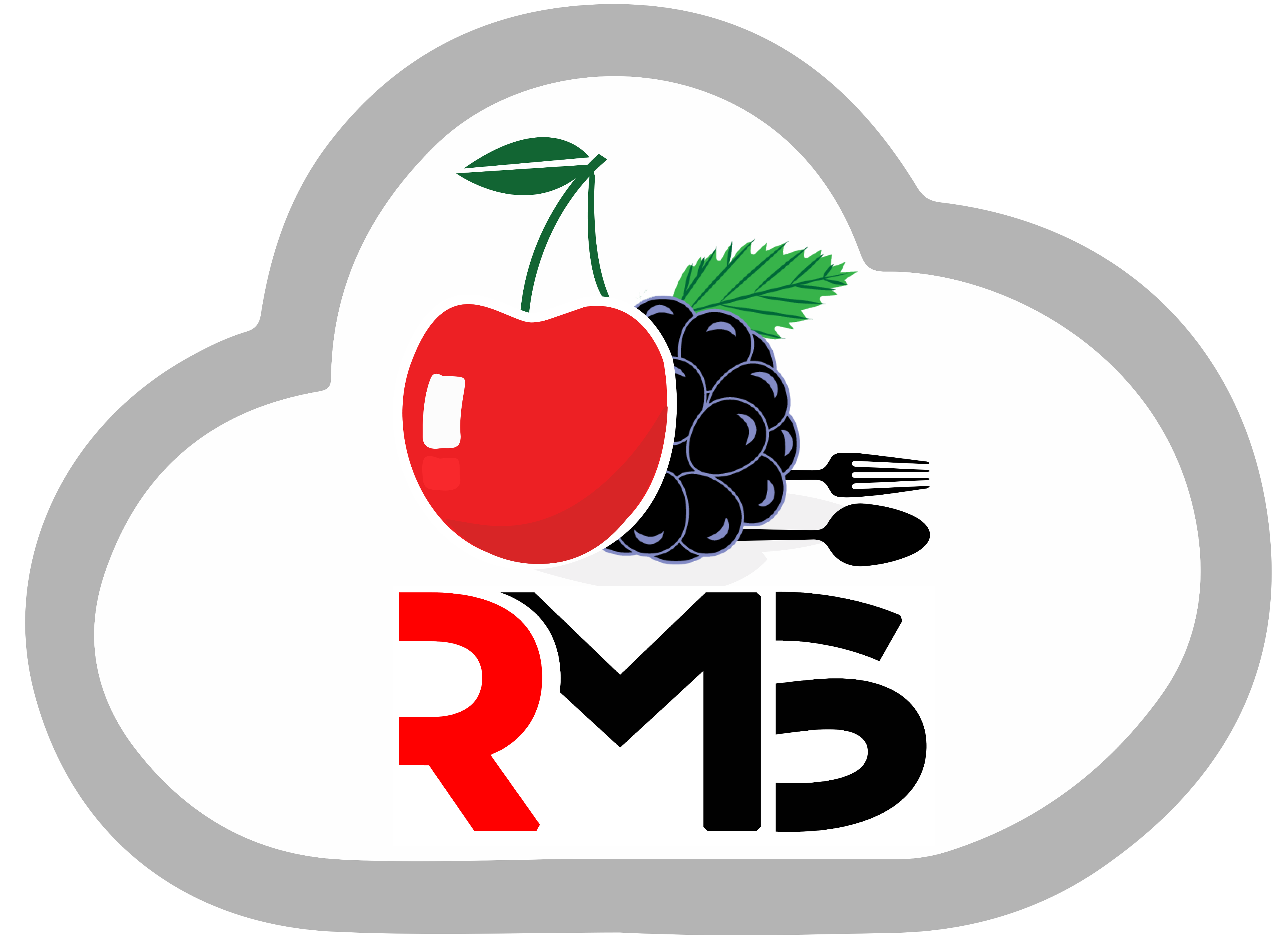
The Significance Of Back Office Systems In Restaurant Management
The presence of a back-office system in your restaurant has nearly become standard practice. It’s likely that if you don’t have Restaurant Back Office Systems, you’re losing money and maybe missing out on various operational efficiencies as they grow more common in the restaurant sector.
We are no longer dependent on human tracking and report pulling. The top businesses in the market today are using a ton of data to run their restaurants more efficiently and make wiser decisions.
What Is A Restaurant Back Office Solution?
Purchasing, accounts payable, inventory management, recipe and menu engineering, labour scheduling, and reporting operating procedures are all centralized, automated, and improved by back-office technology.
Simply saying, the restaurant back office systems are what keep everything working smoothly.
For a complete picture of your business operations, it interfaces with your point of sale, accounting, payroll, and other providers. Your back-office software digitizes data entry in addition to integrating information, which lowers errors and improves the employee experience. Utilize a single platform to manage your inventory, food expenses, and labour scheduling.
Instead of employing a simple system that would improve their ability to perform their tasks, restaurant staff members are currently overloaded with a variety of systems to handle their back-of-house operations. By implementing the proper back-office solution, numerous systems can be replaced.
Why Is Having Restaurant Back Office Systems Important?
Back-office software is necessary for a successful restaurant operation.
Operators can maintain the business working as it should be and see trends and opportunities as they develop with quick access to data. Spreadsheets are avoided thanks to a revolutionary back office that uses high-level reporting and analytics tailored to your business. You can make proactive and well-informed decisions to increase profitability if you can swiftly view data.
1 – It Will Present A Broad Perspective Of Your Eatery
The power of knowledge. To keep things divided, use standalone parts or different applications for each task. Additionally, it will make it impossible for you to understand the state of your company clearly.
Modern restaurant technology can automate a variety of back-office tasks. You won’t be able to obtain a comprehensive picture, though, if those technologies aren’t linked together and sharing data.
Get access to a variety of associated data that will keep you up to date on everything happening in your restaurant by linking your back-office systems. Later on, use this information to improve your marketing and business plans.
2 – It Will Lessen The Administrative Load You Have
You can reduce your administrative workload by integrating your back-office activities. So doing this results in fewer errors and more efficient execution in tasks like:
- preparing the menu
- Payroll Accounting
- Purchasing Planning
- Payroll
- Regulation observance
By removing repetitive processes, streamlining workflows, and increasing profitability, a fully integrated system will enhance your total efficiency, helping you to save a lot of money.
Additionally, this will give you and your staff more time to concentrate on other things that require your attention, like your customers.
3 – It Will Raise Client Satisfaction
Customer satisfaction comes first. The most important component of your restaurant is it. So how may integration be beneficial? A centralized information centre is created for you when back-office operations are integrated with your other platforms. This also applies to customer data in your CRM.
Restaurant back office systems are simpler for you and your staff to get pertinent client data when there is a single, comprehensive data source available. Even better, you might tailor your service to each individual patron in order to improve their eating experience.
Streamlining operations will allow managers to spend more time interacting with clients. Customers will have a special, personalized experience and value the attention that might not have been possible otherwise.
4 – It Will Raise Vendor Output
What further advantages do back-office process integration provide? You’ll be able to monitor and manage vendor expenditures more effectively.
You can save costs and make better purchase decisions by having access to data about what, how, and how much you buy.
Additionally, it will enable you to develop stronger connections with suppliers, which may result in better offers, volume discounts, and other unanticipated benefits.
5 – Your Pos Systems Will Be Optimized
When your back-office and point-of-sale systems are integrated, you will only need to maintain one database. Real-time inventory data, quicker and easier information access, and more thorough and current client account information are all benefits of this streamlined method.
Choosing The Right Restaurant Back Office Systems As A Step Towards Success
You must find the right back office system for your restaurant to take your food business to the next level and achieve success. Choose Cherryberry RMS and rest assured that it will perform the back office operations in the most effective manner.
